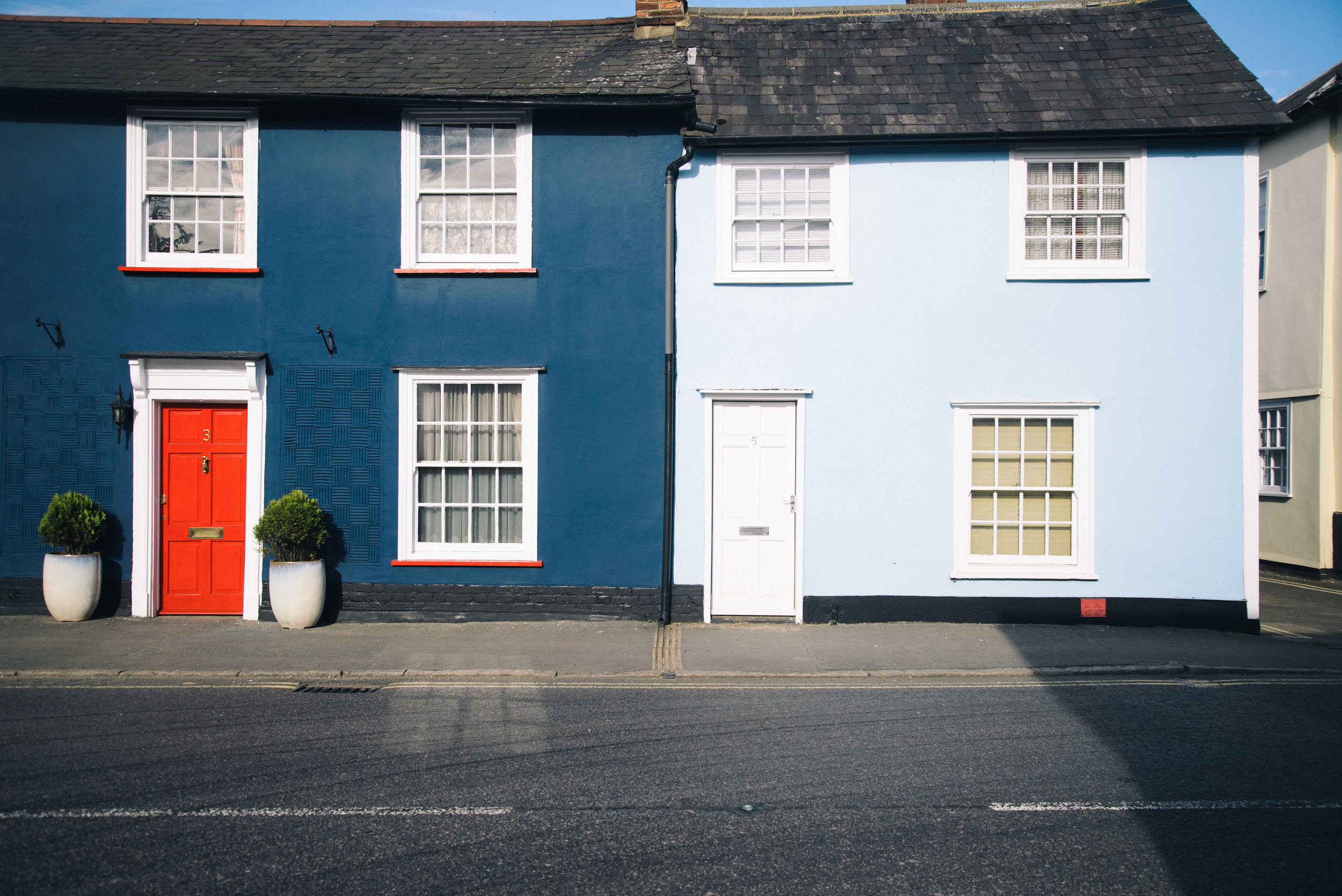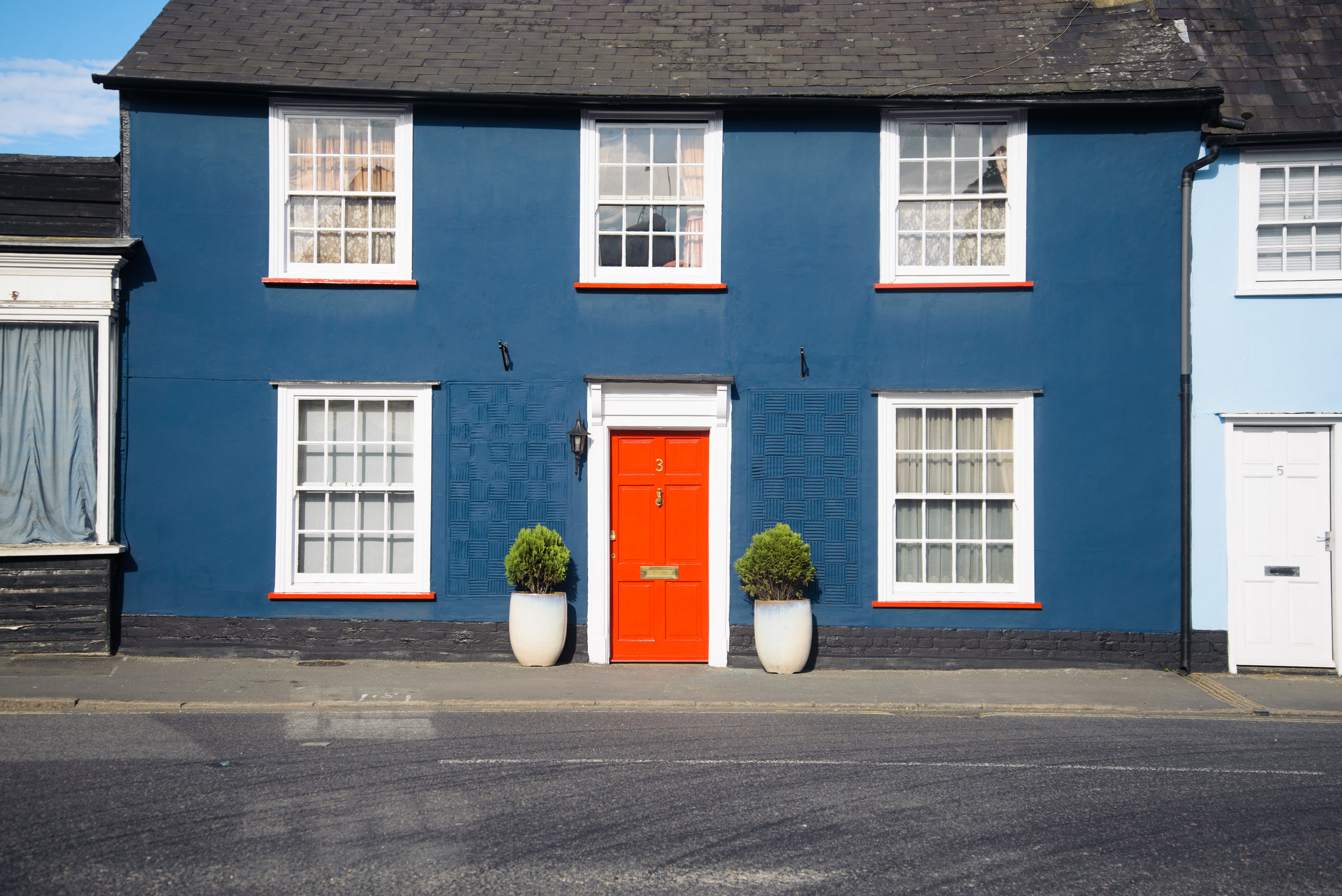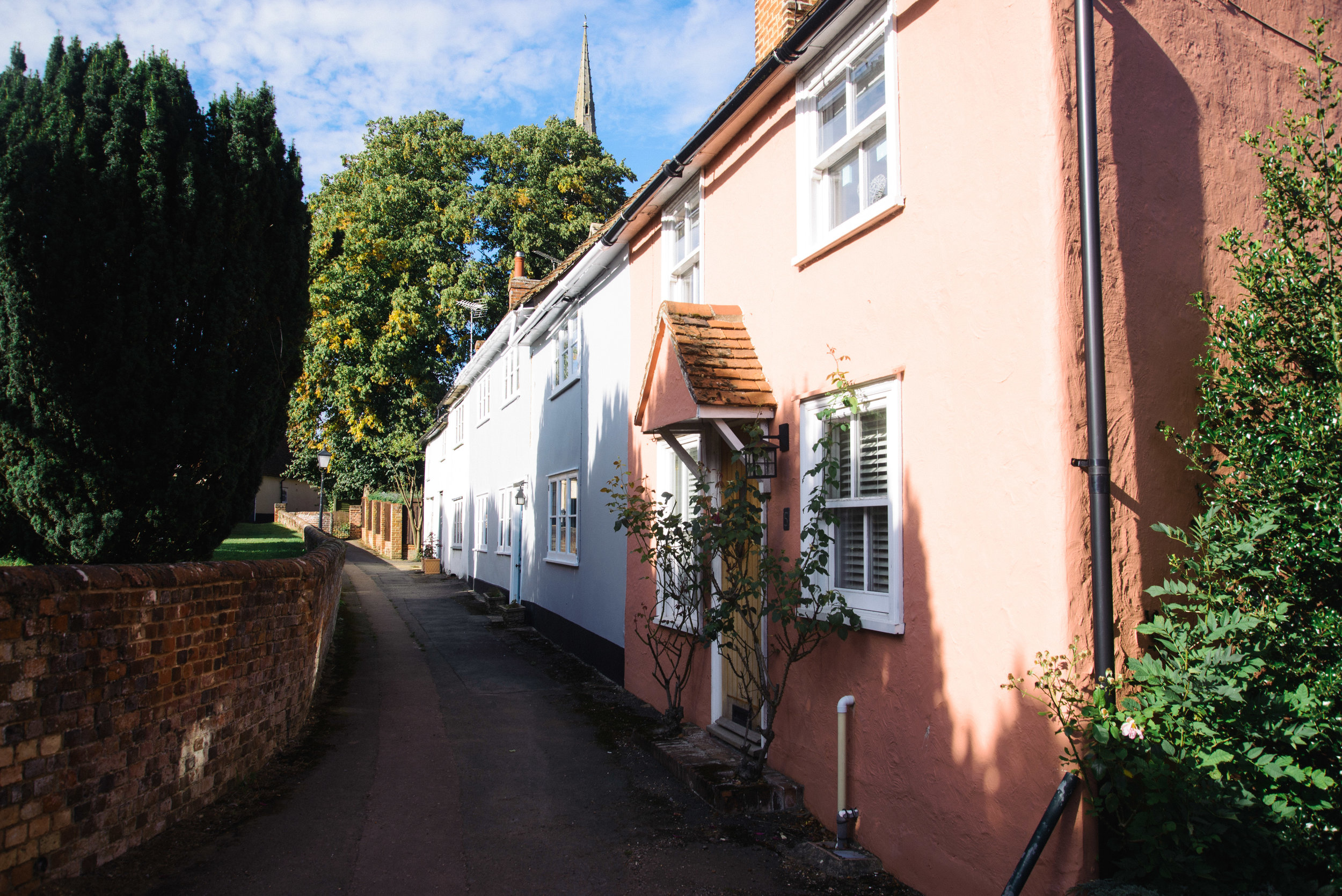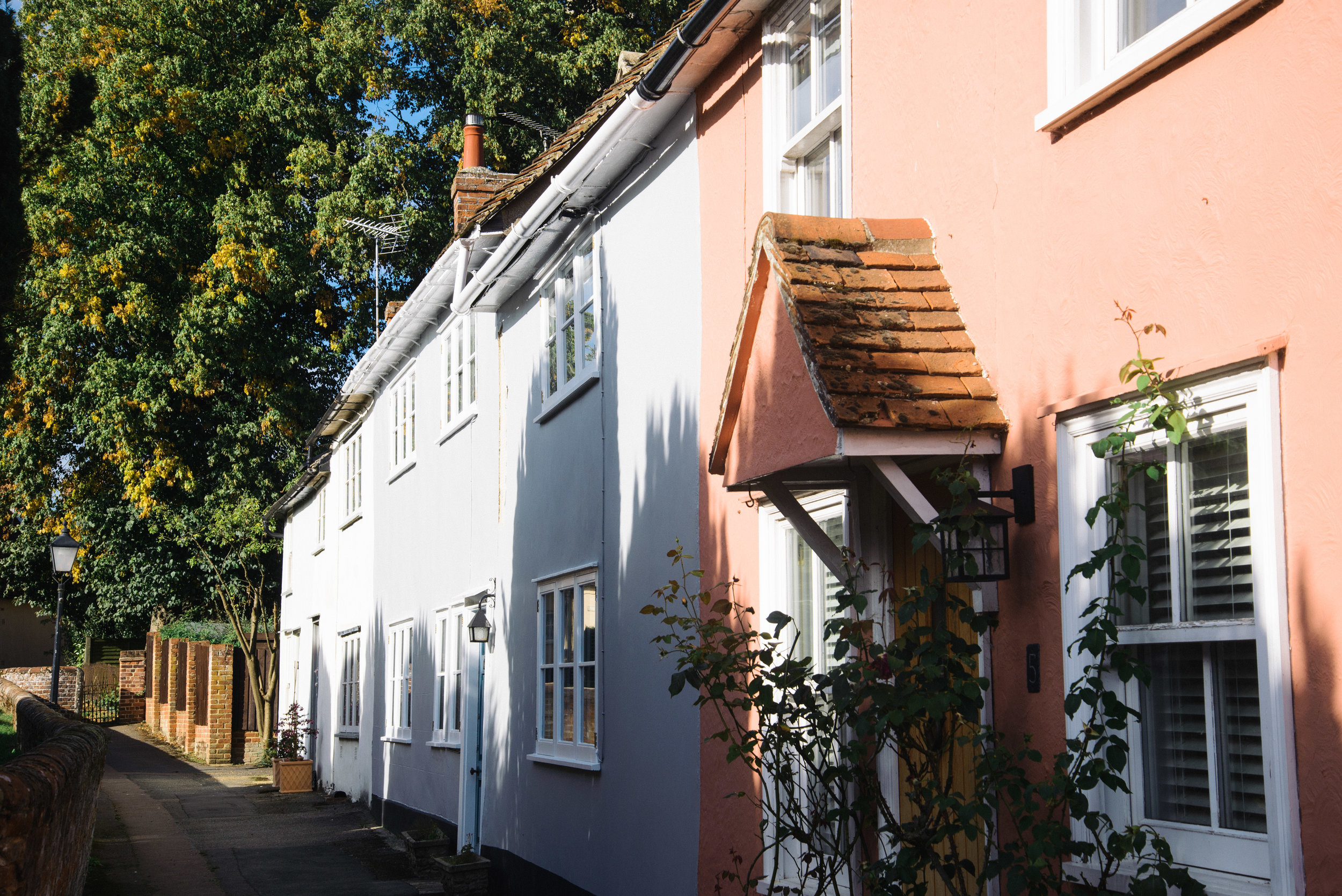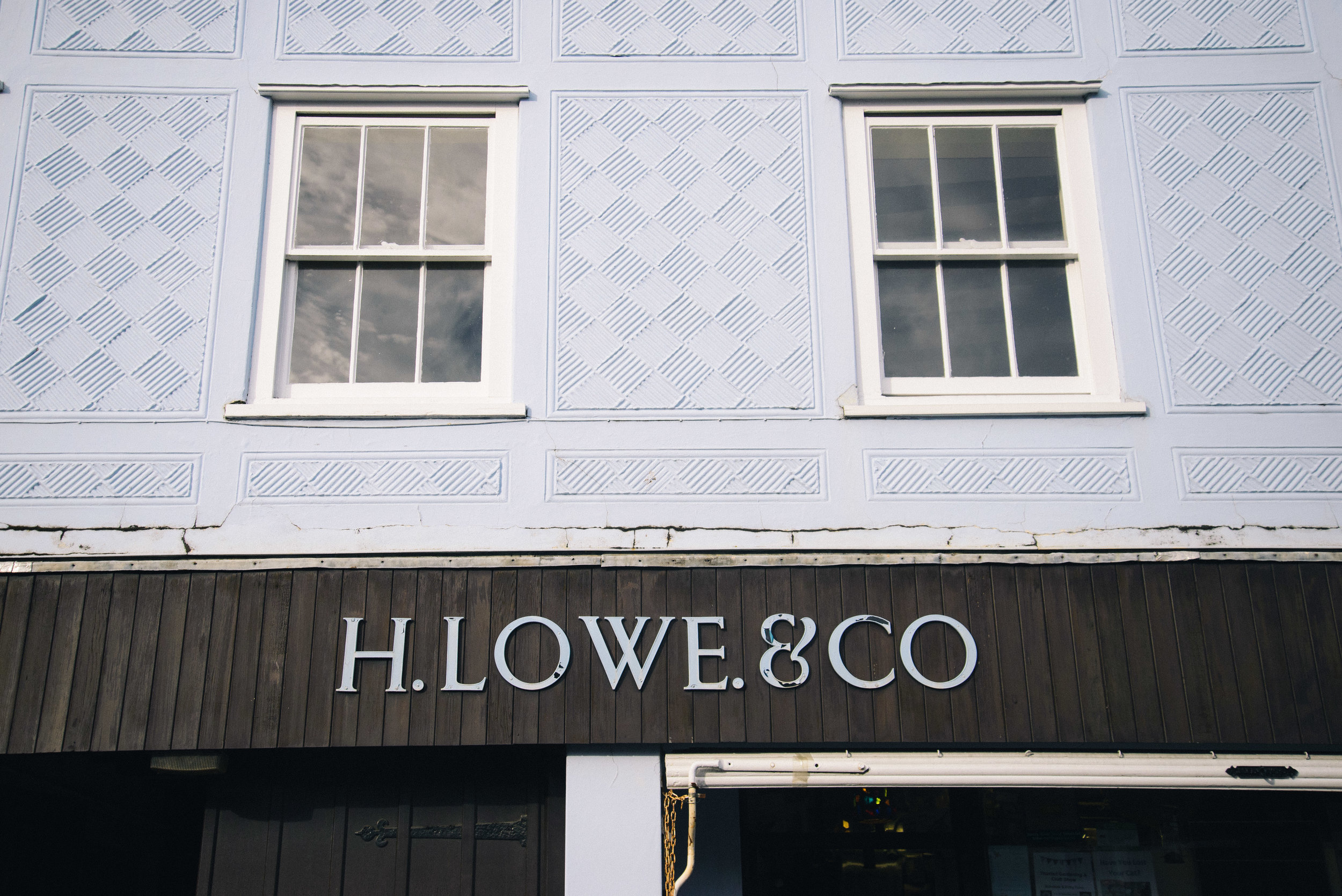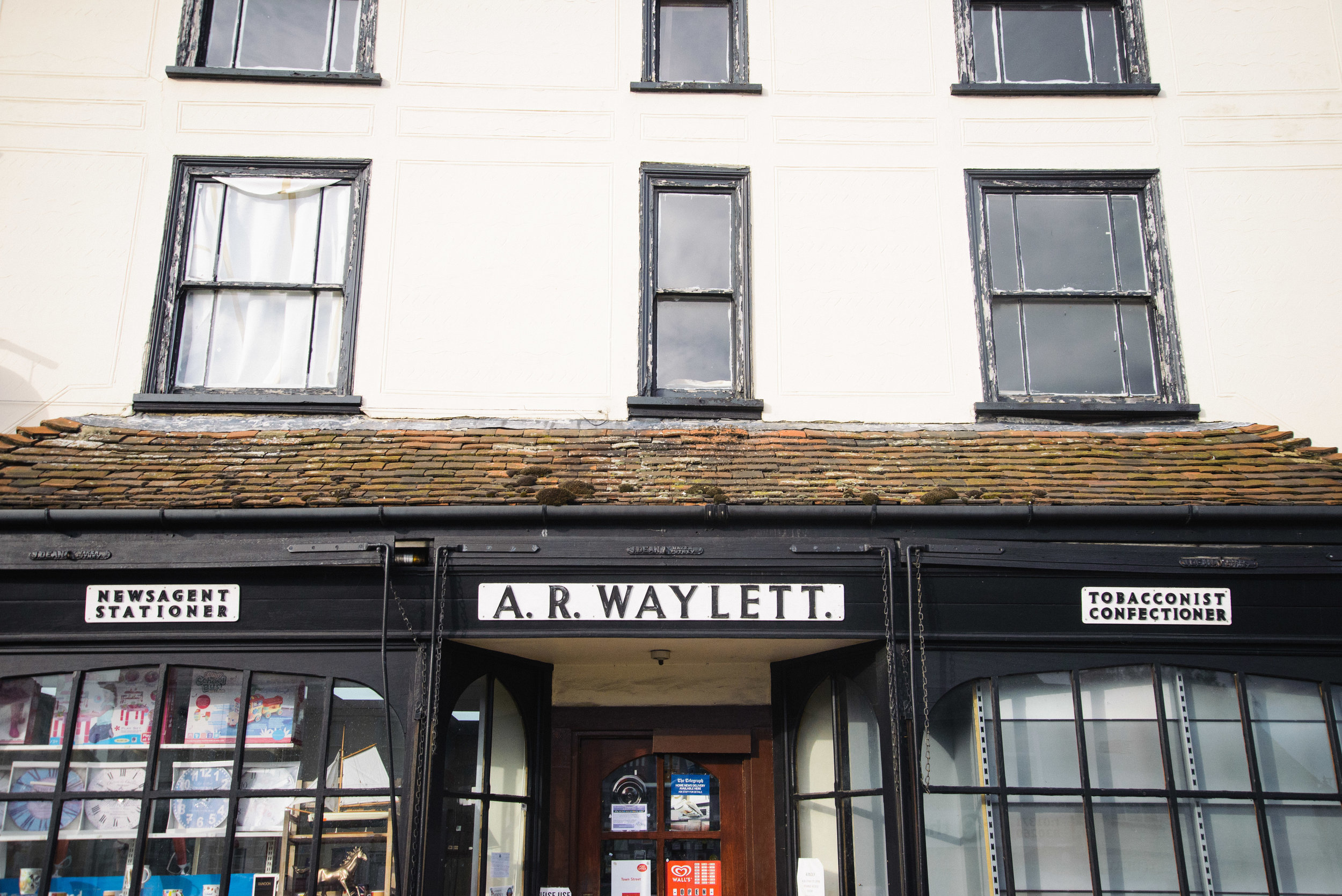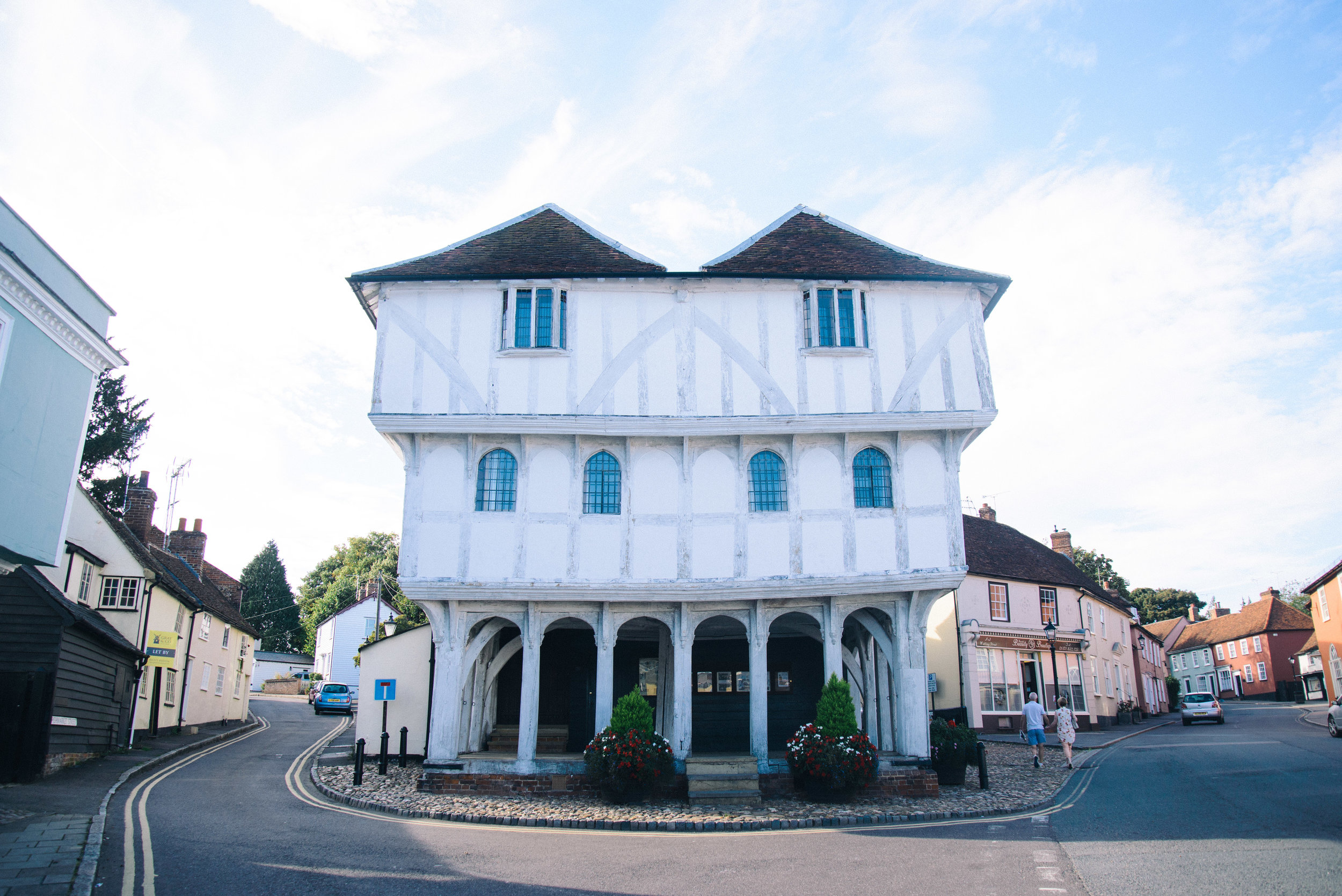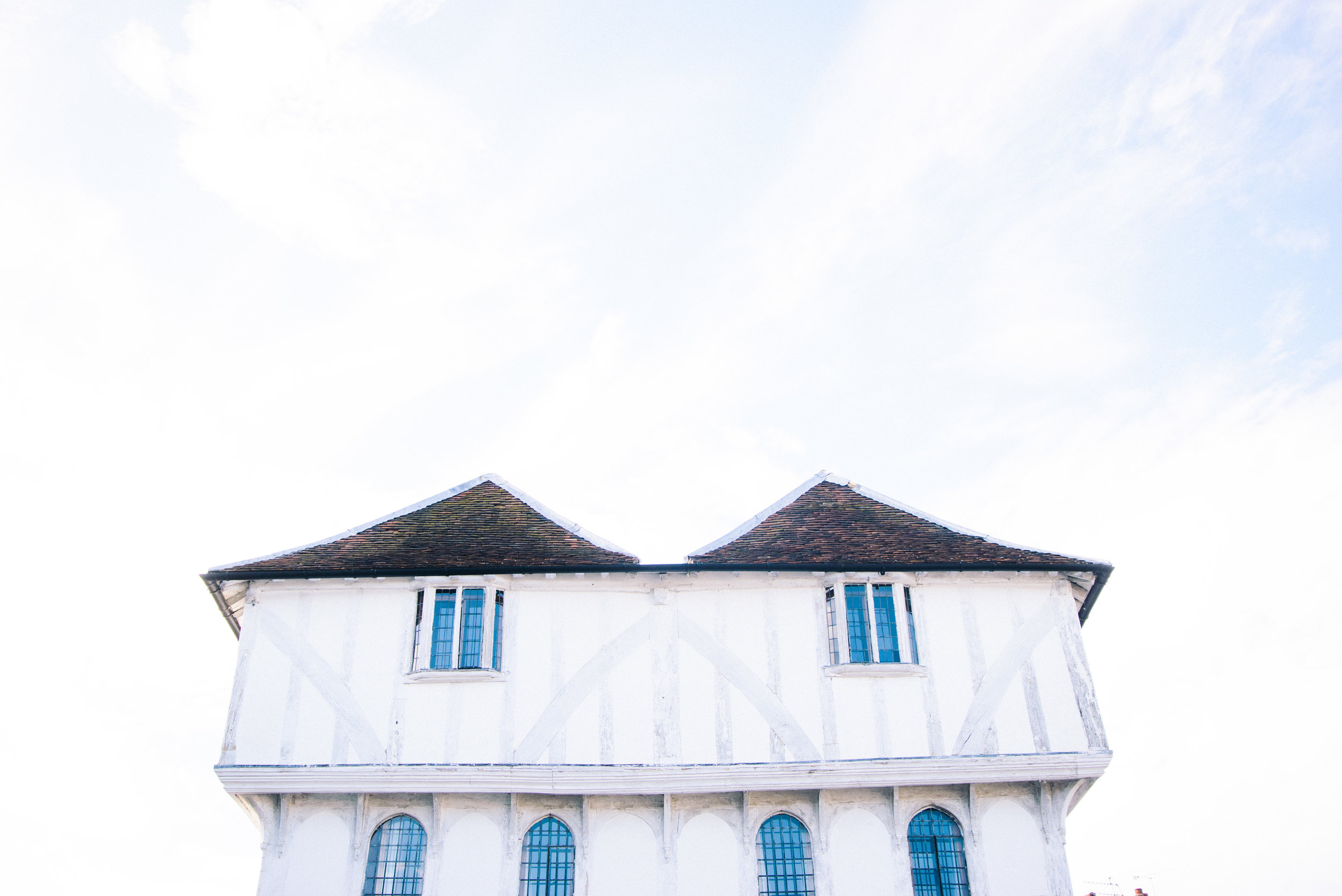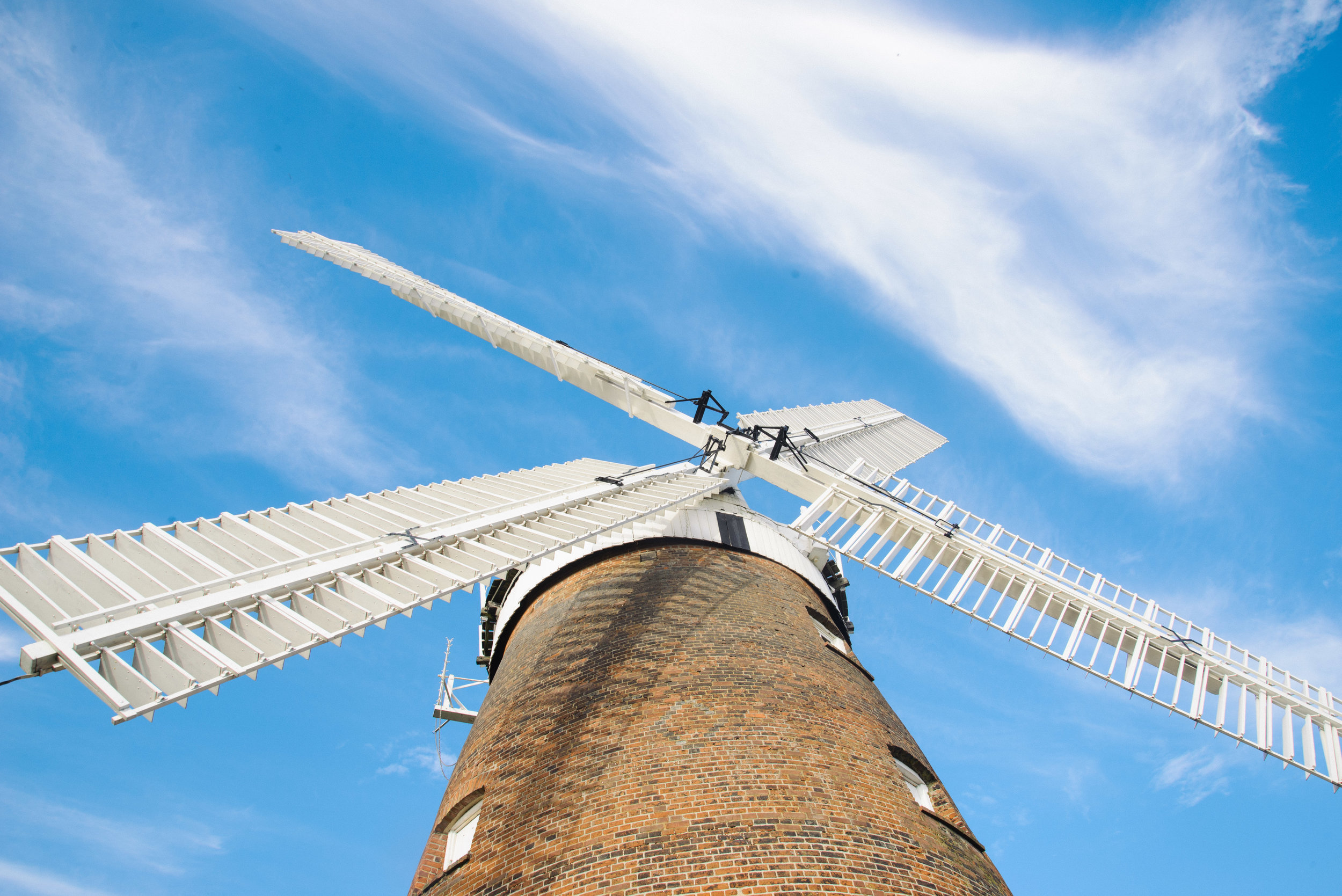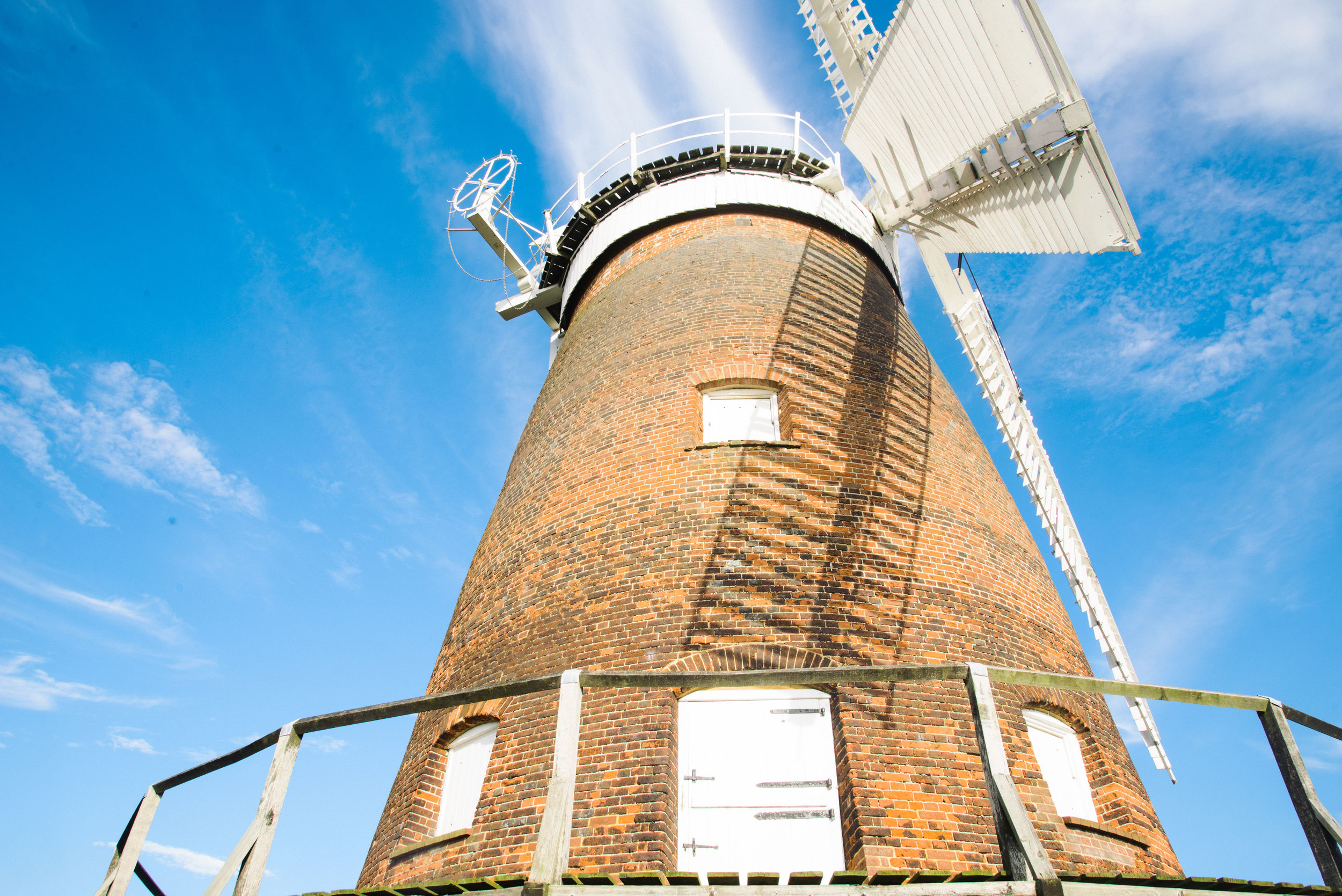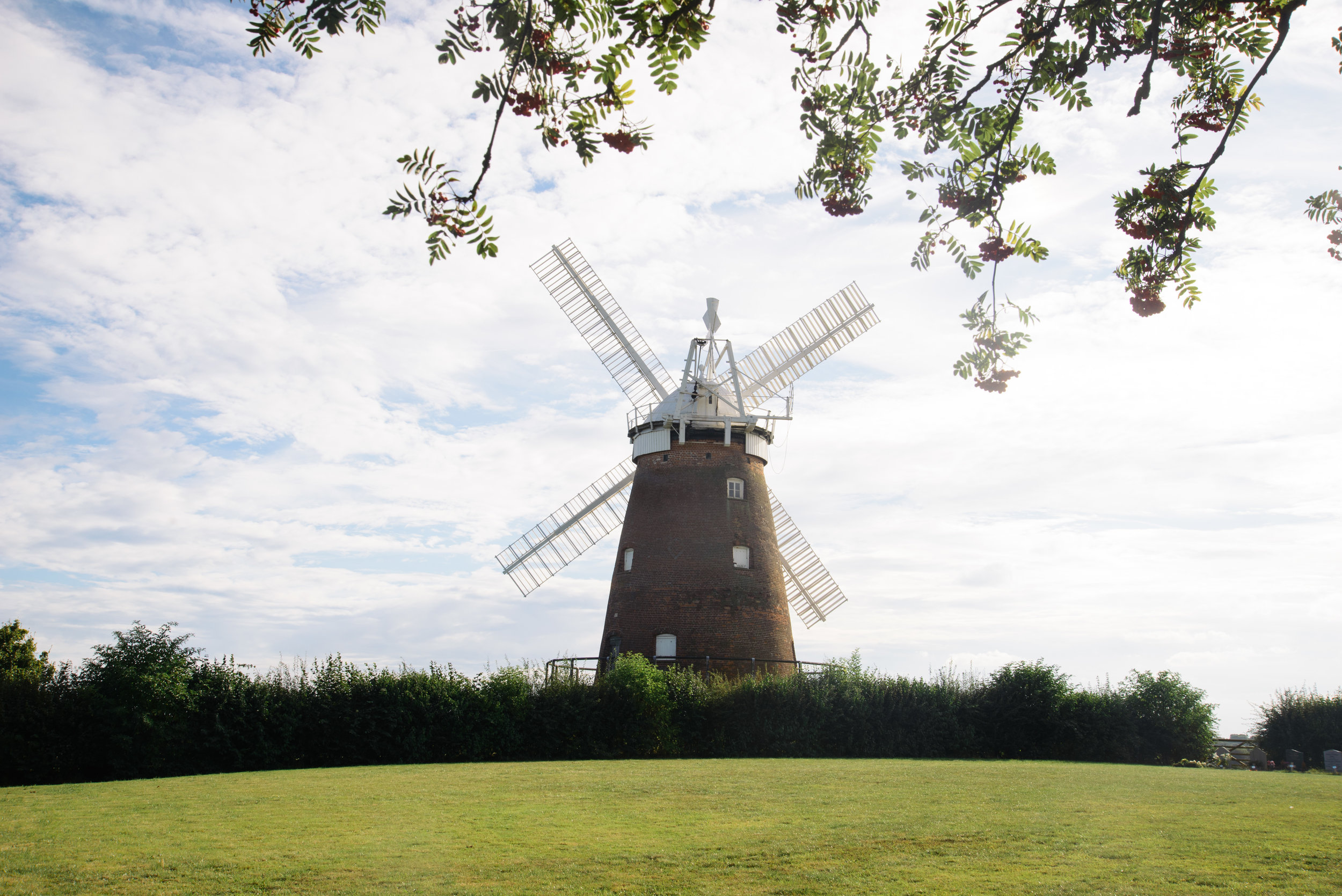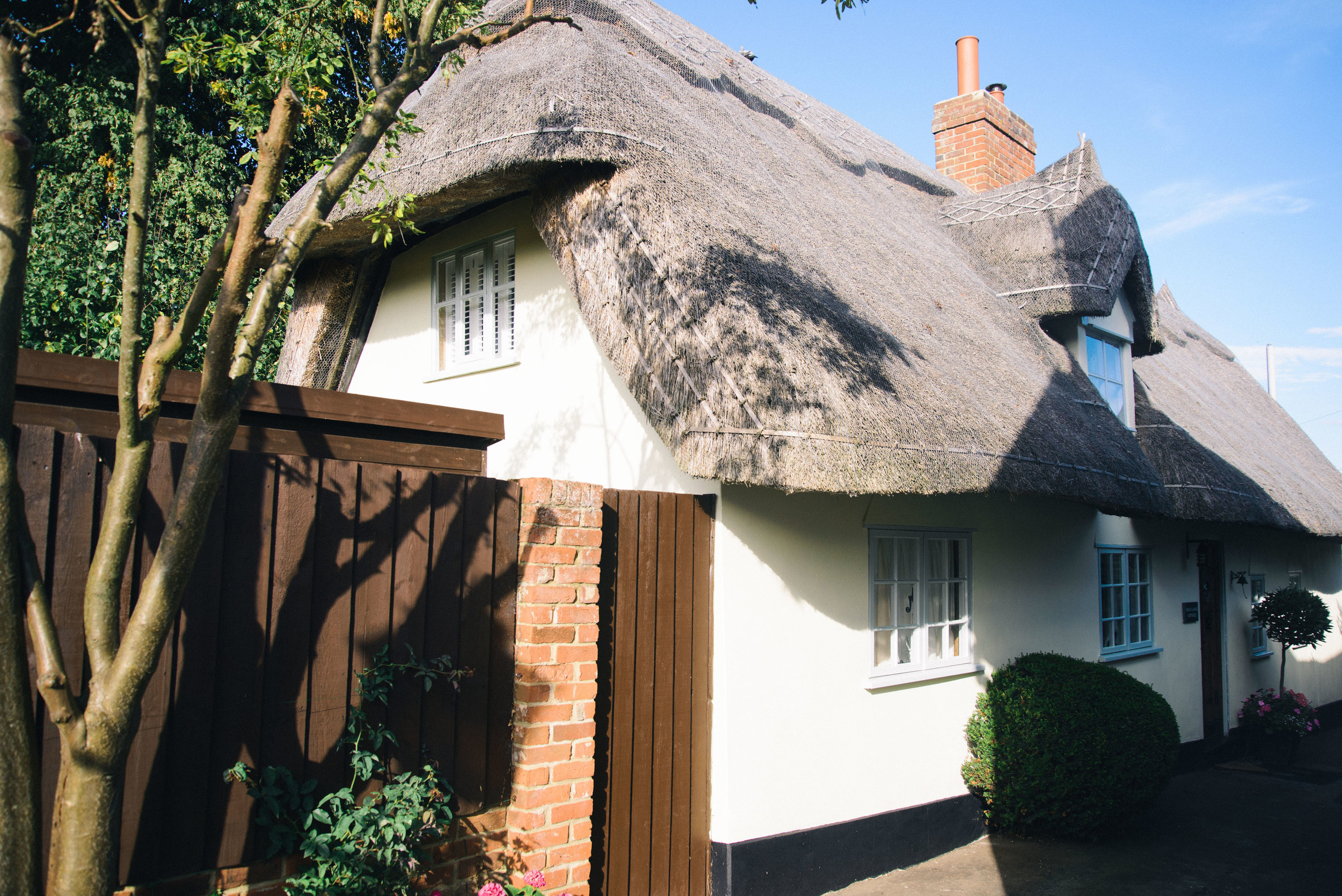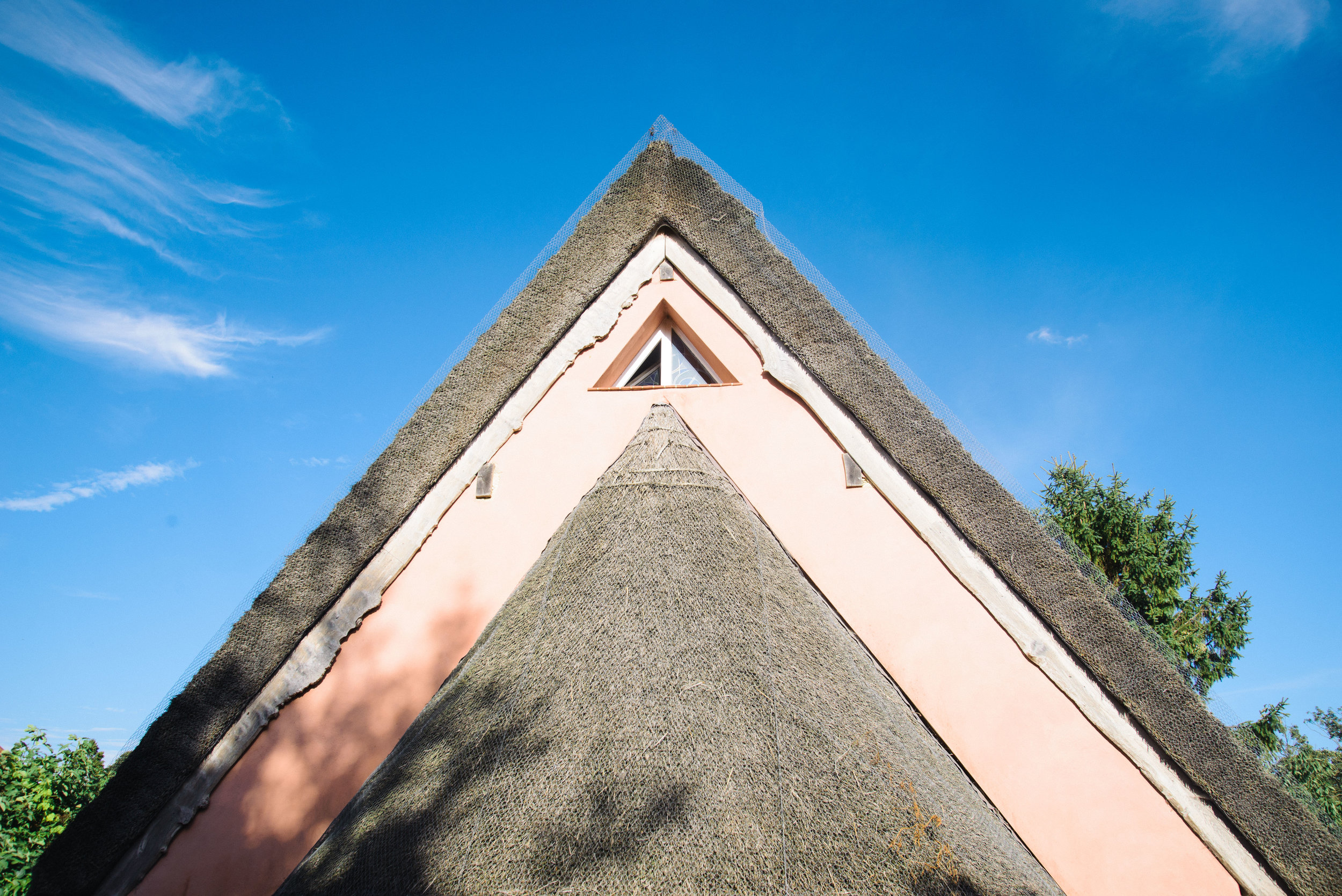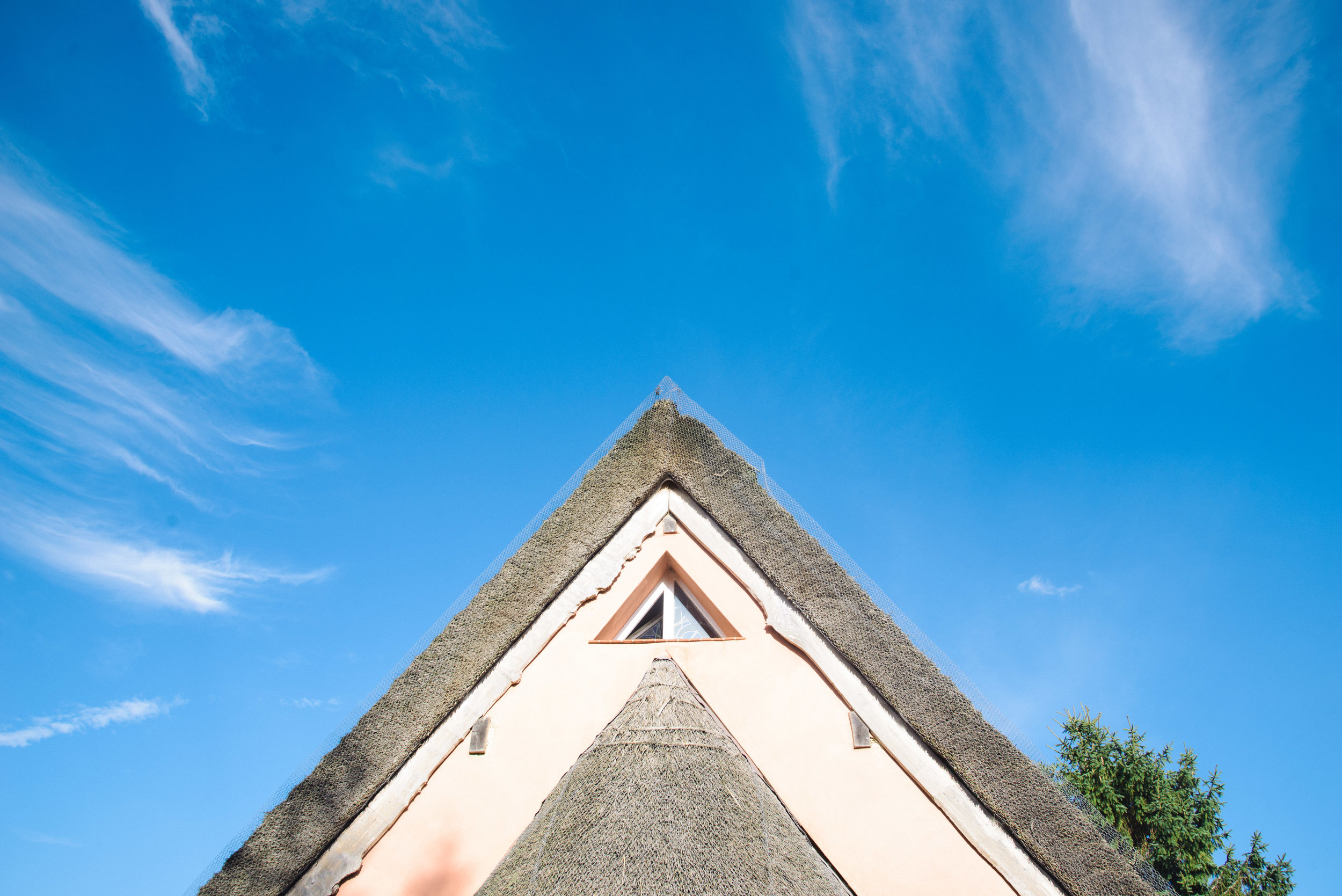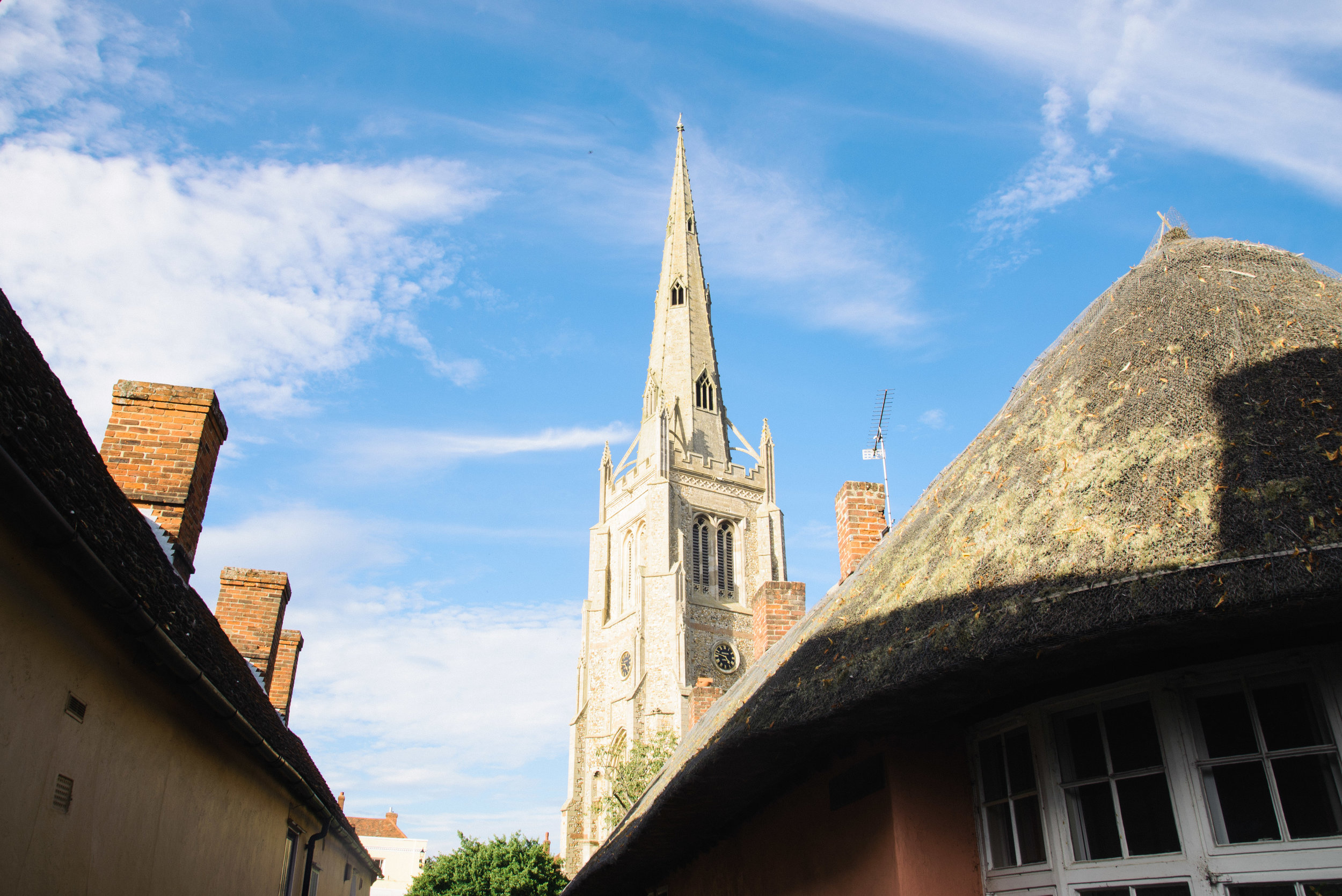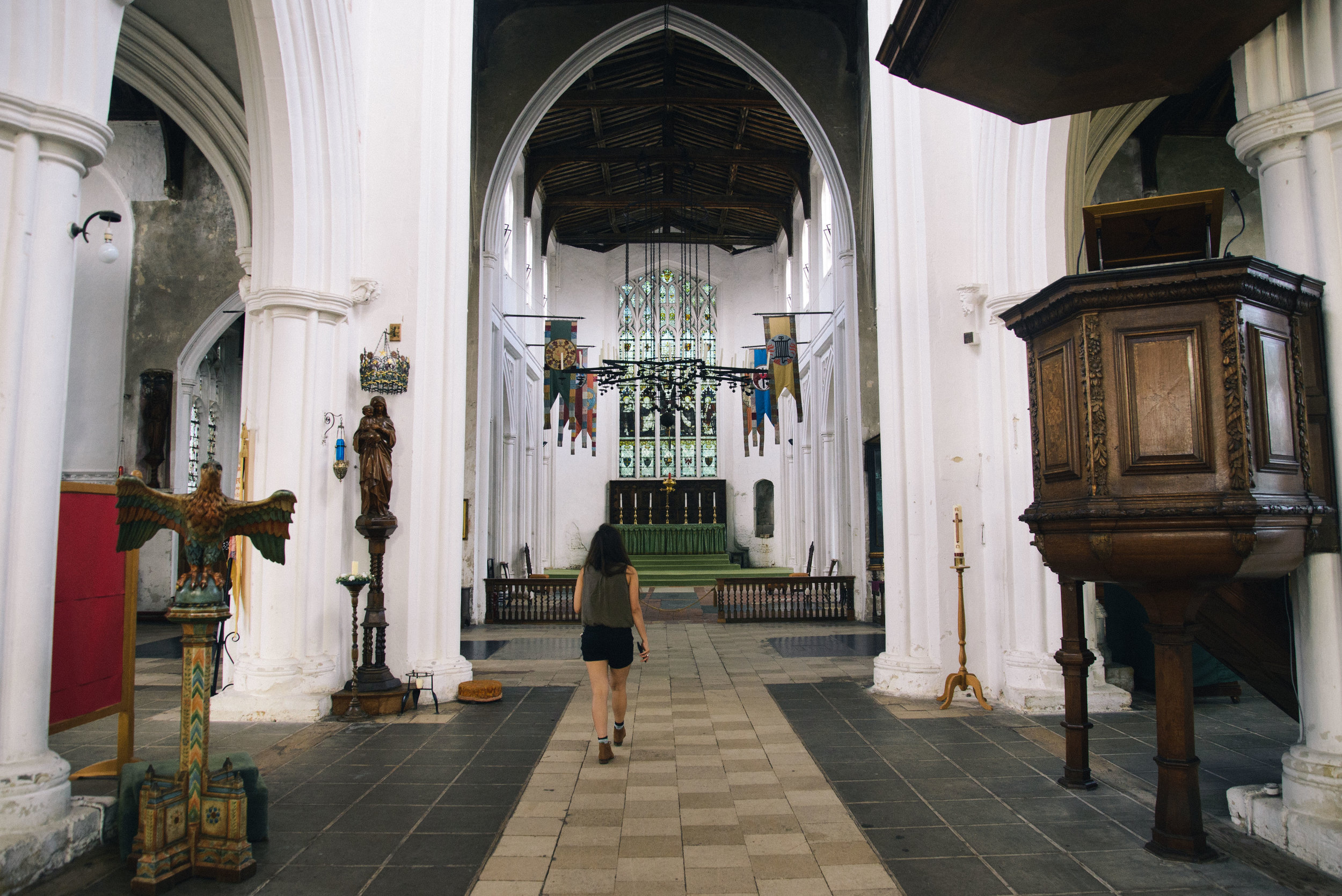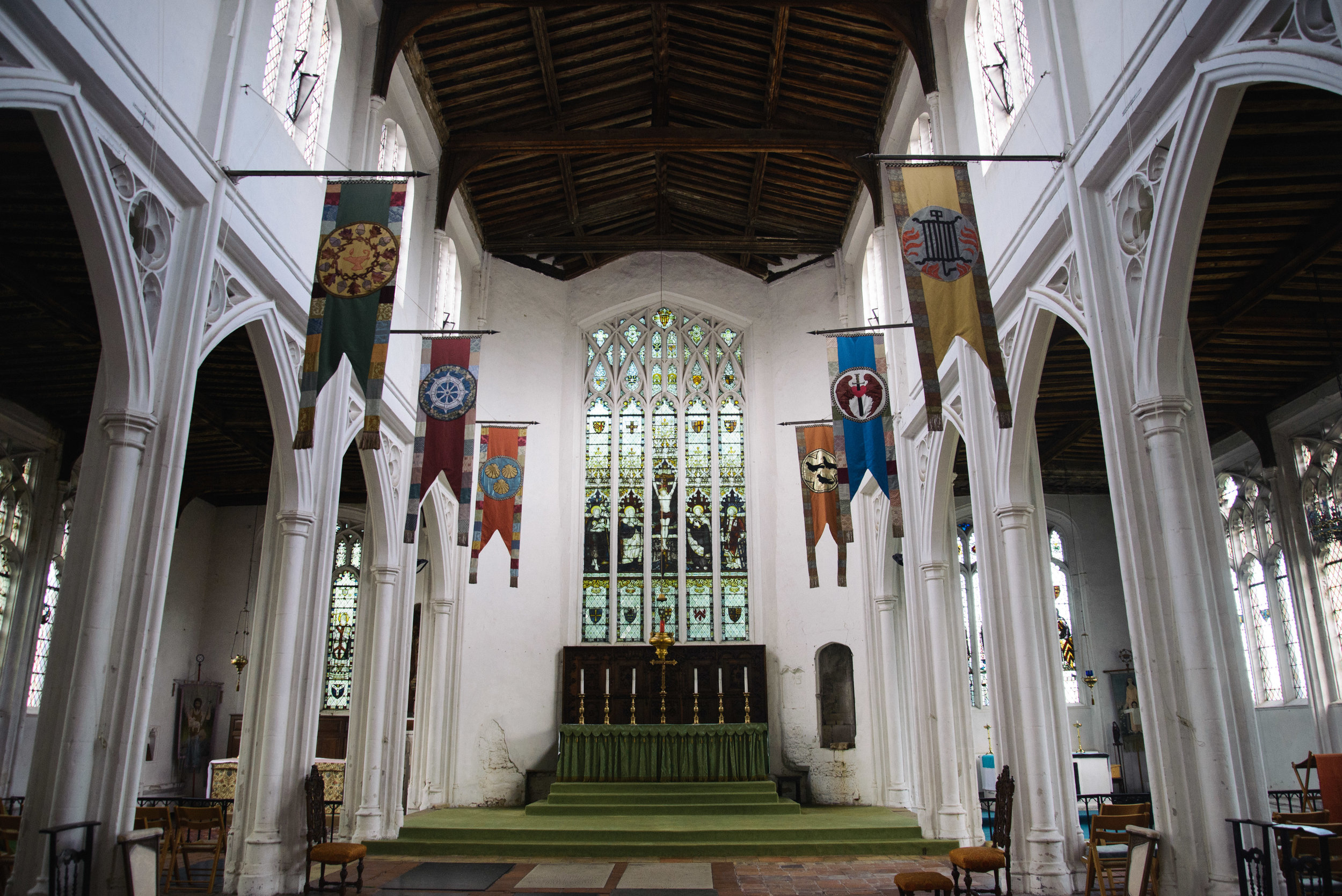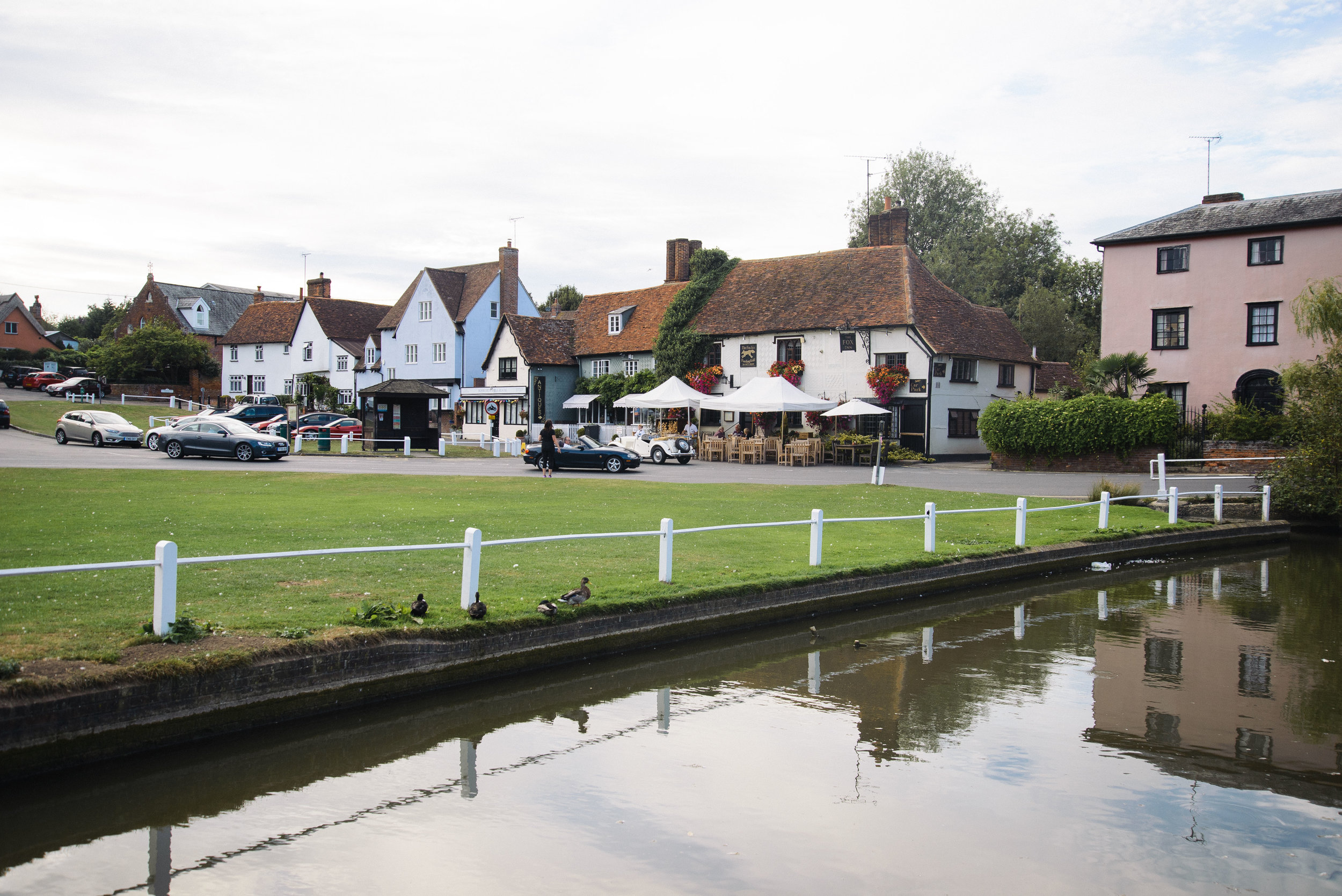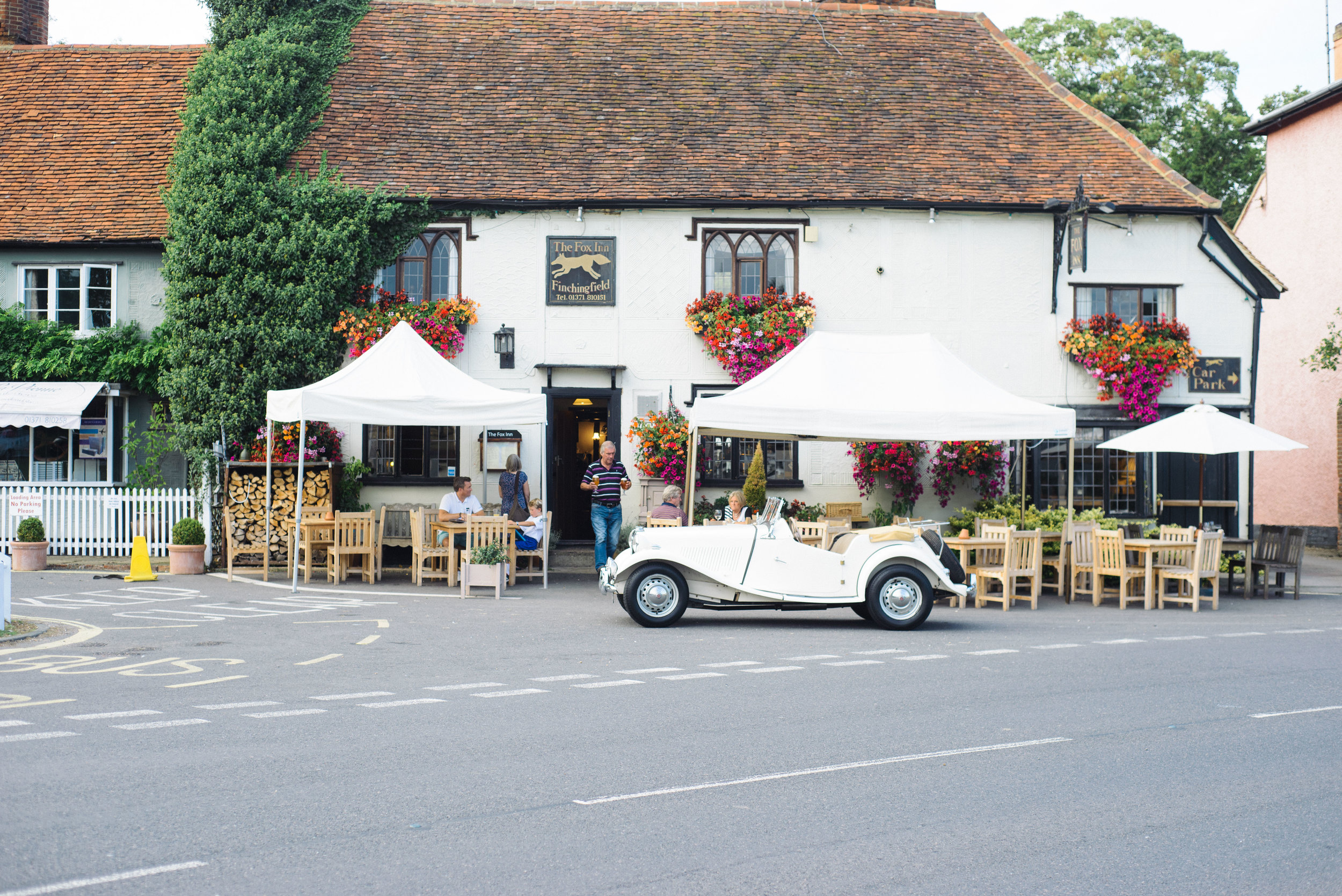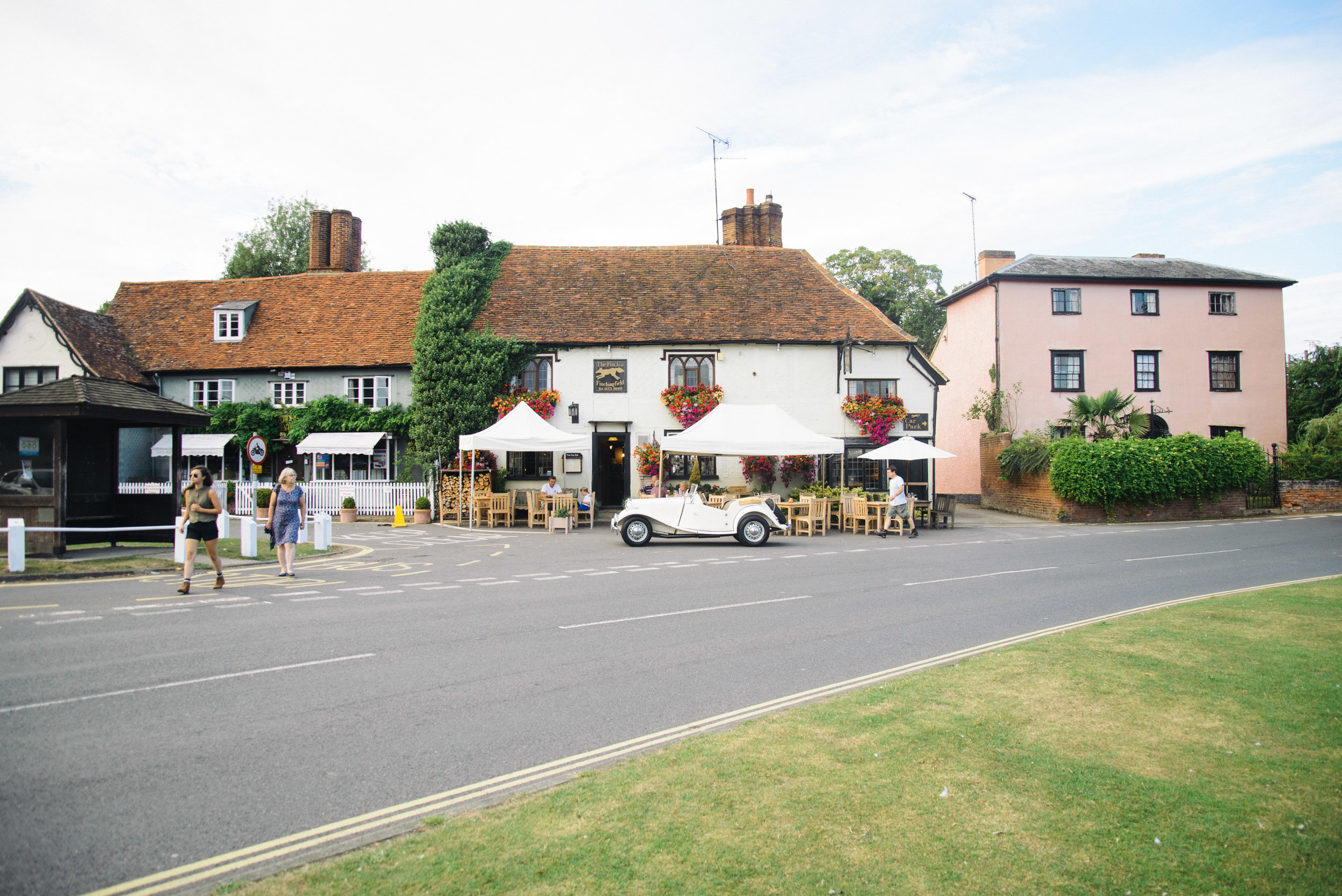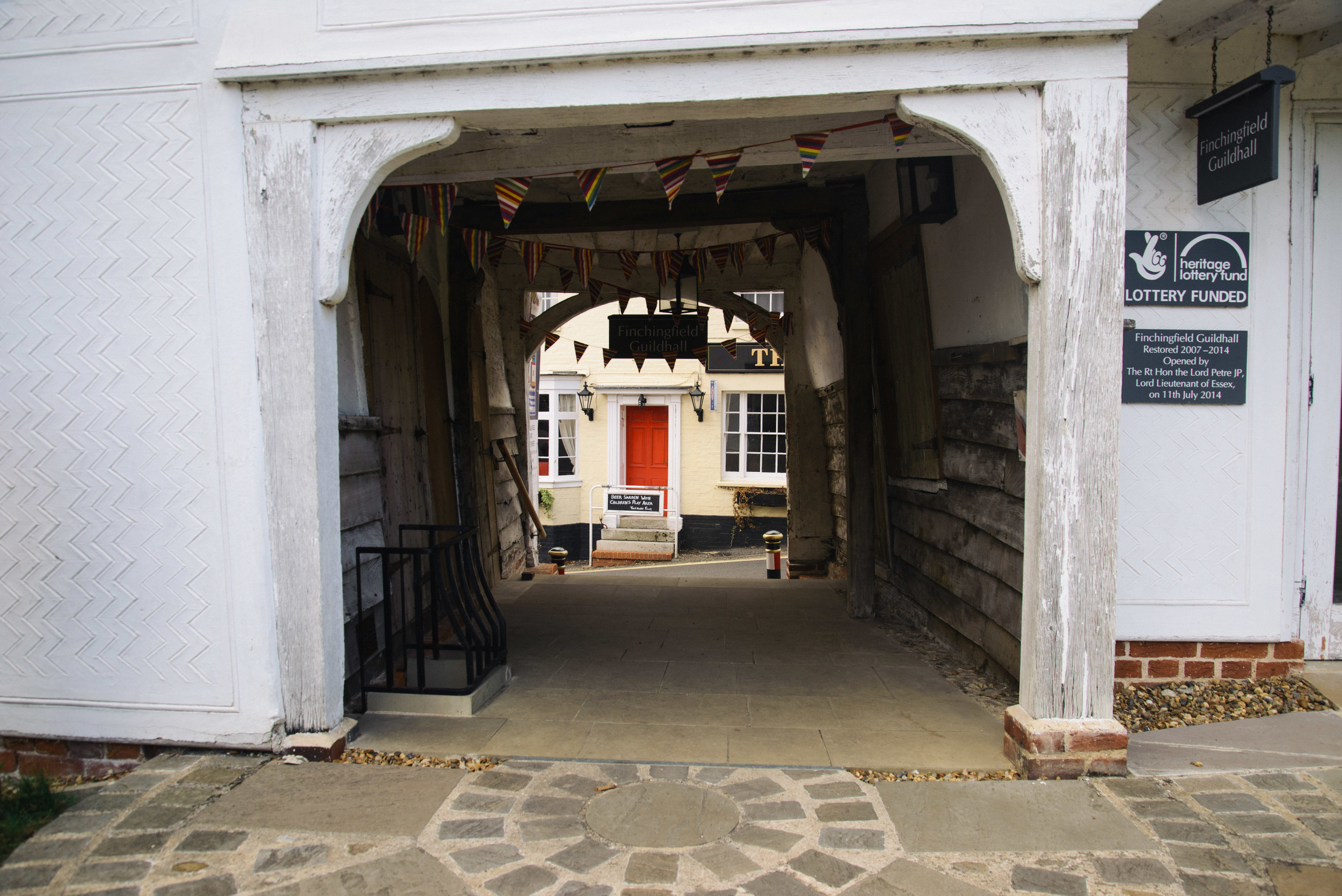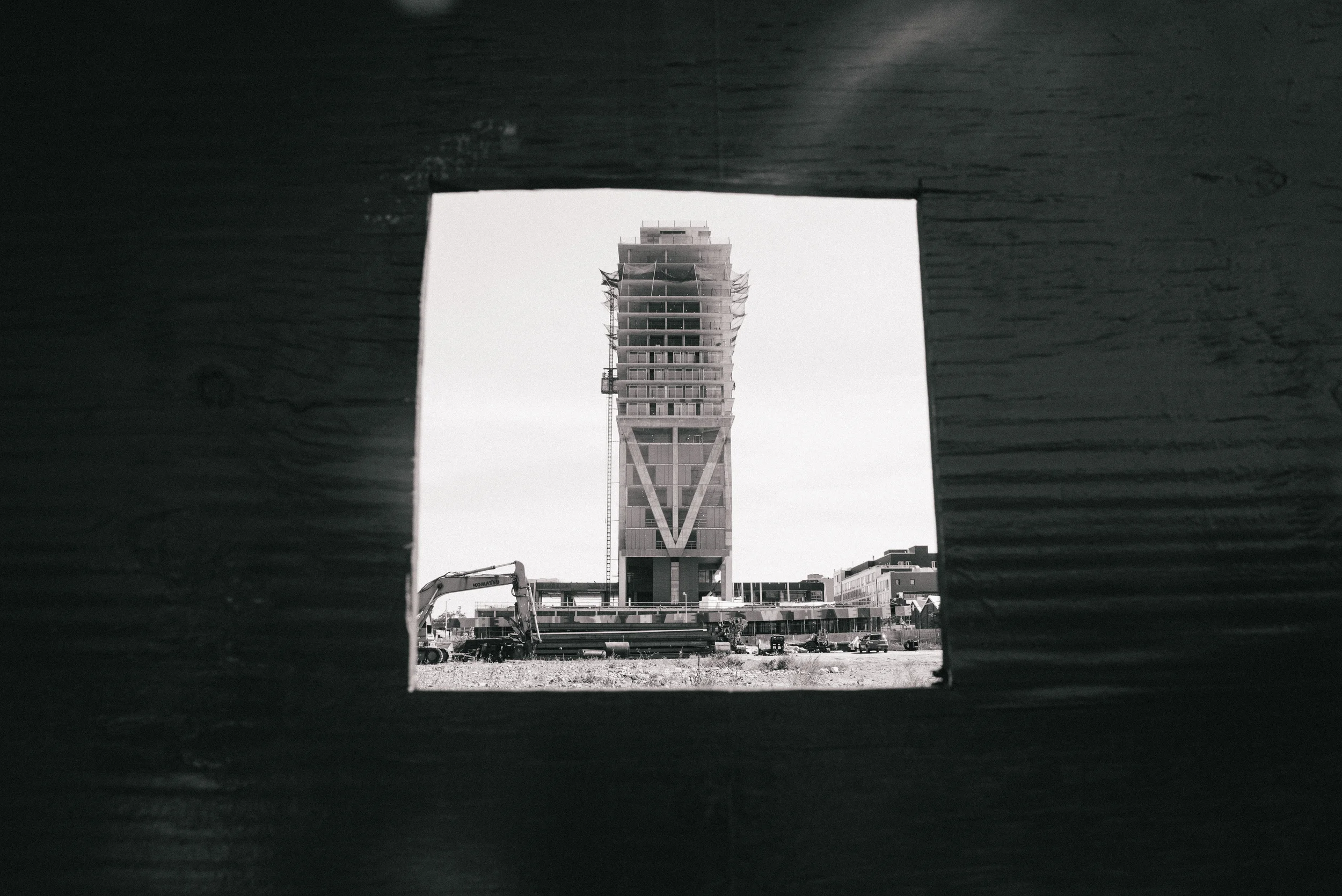I had the exciting opportunity of photographing for the Annual Icelandic Beer Festival in February of this year, held at KEX Hostel where I work. It's a gathering of some of the best craft brewers from around the world, and an opportunity for some emerging Icelandic craft brewers to bring their brews to a wider audience of connoisseurs. Guests are given a small tasting glass which they can take around to sample the hundreds of different beers on offer, from a light crisp lagers and goses to heavy, rich maple pecan stouts.
I was asked to shoot the festival at the last minute as another photographer was sick, and was a little nervous as I only had an old 50mm lens (due to a breakage of another lens and selling of my 3rd!). I'd never shot an event using only one prime lens before, but that limitation forced me to find new angles and approaches to make the most of what I had. Here are some of my favourite photos from the shoot:
(And to all my wonderful friends to whom drinking beer is not an option due to addiction, preference or conviction, I have a huge respect for you, especially to those in the recovery movement. Let's get coffee and I would love to hear your story.)






















































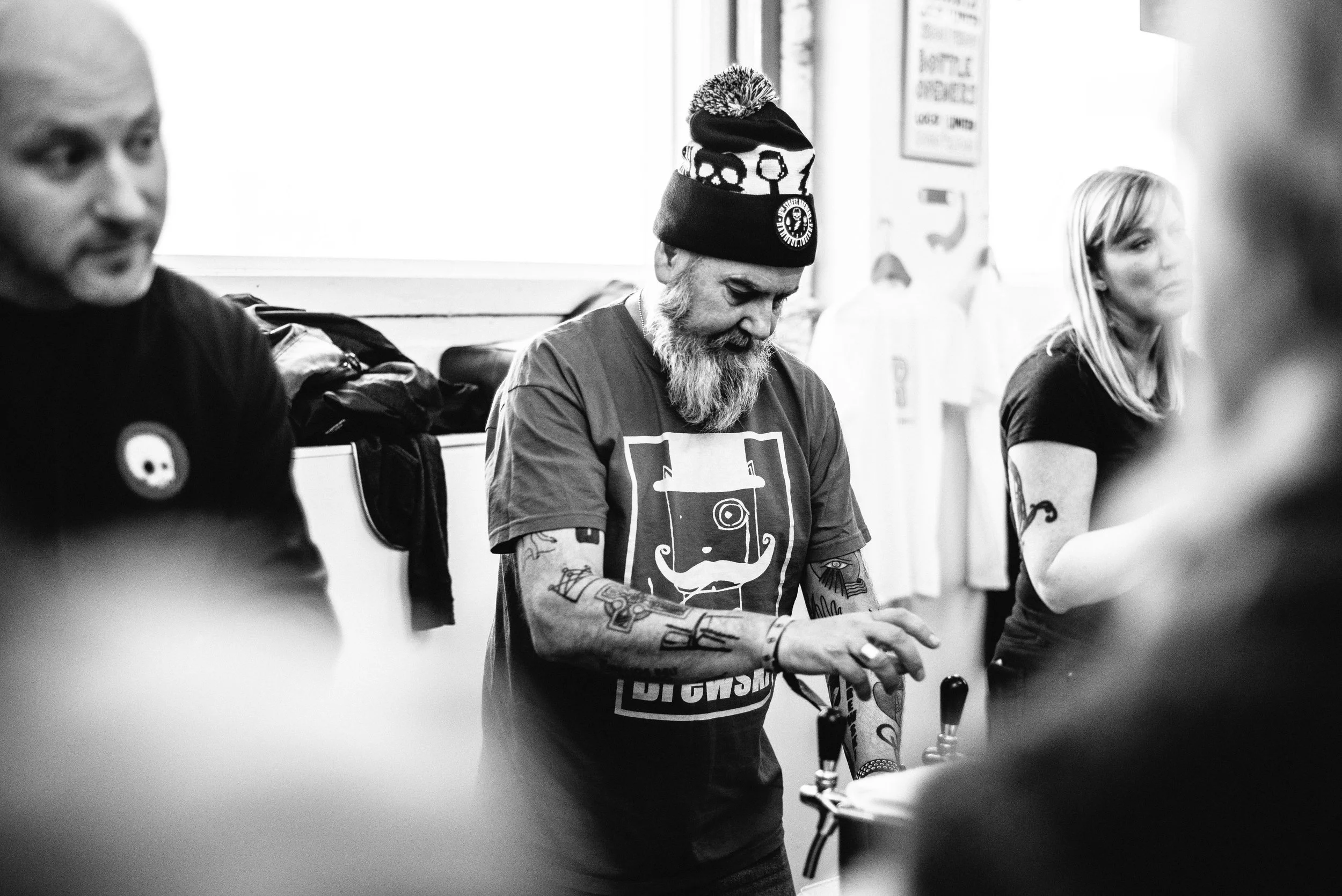































An Icelandic festival of any kind would not be complete without a concert from Icelandic artists.
On the Friday, iconic rap/hip hop artist Emmsjé Gauti provided the entertainment for the evening.


















On Saturday, the last day of the festival, the group with the cult following, Prins Polo played us out...





















































































